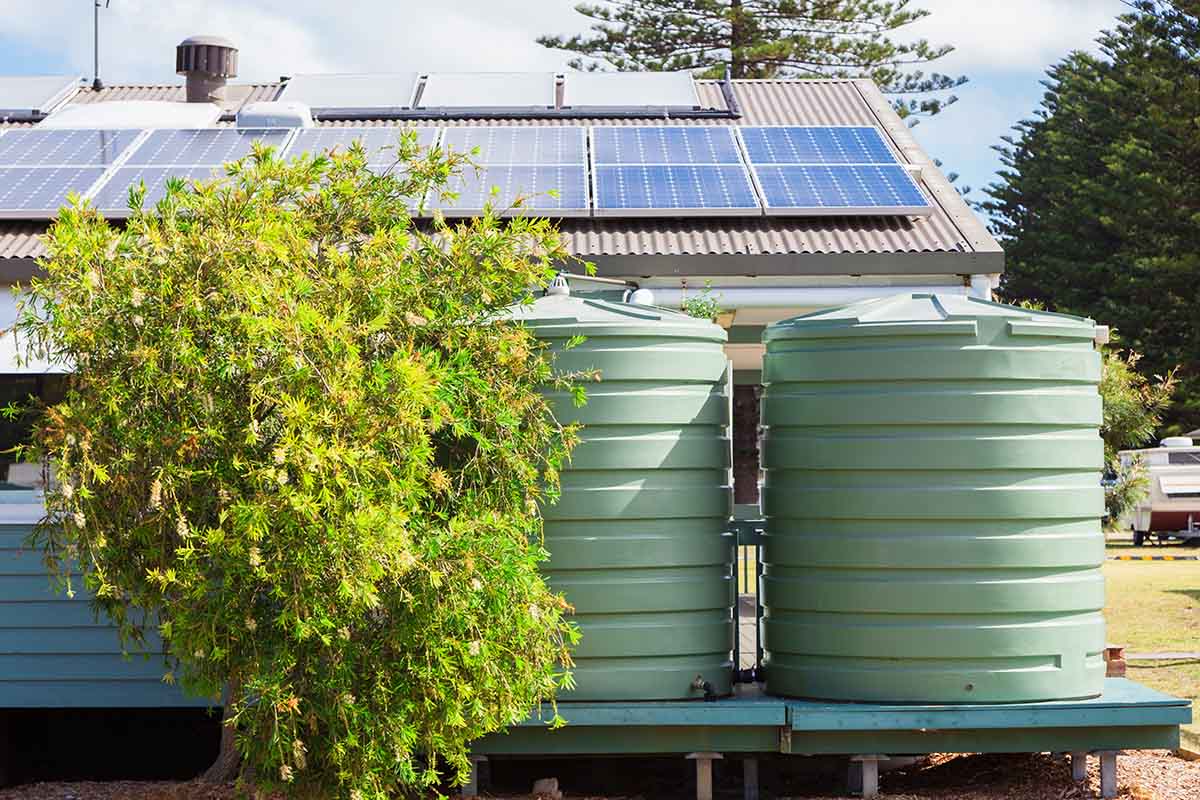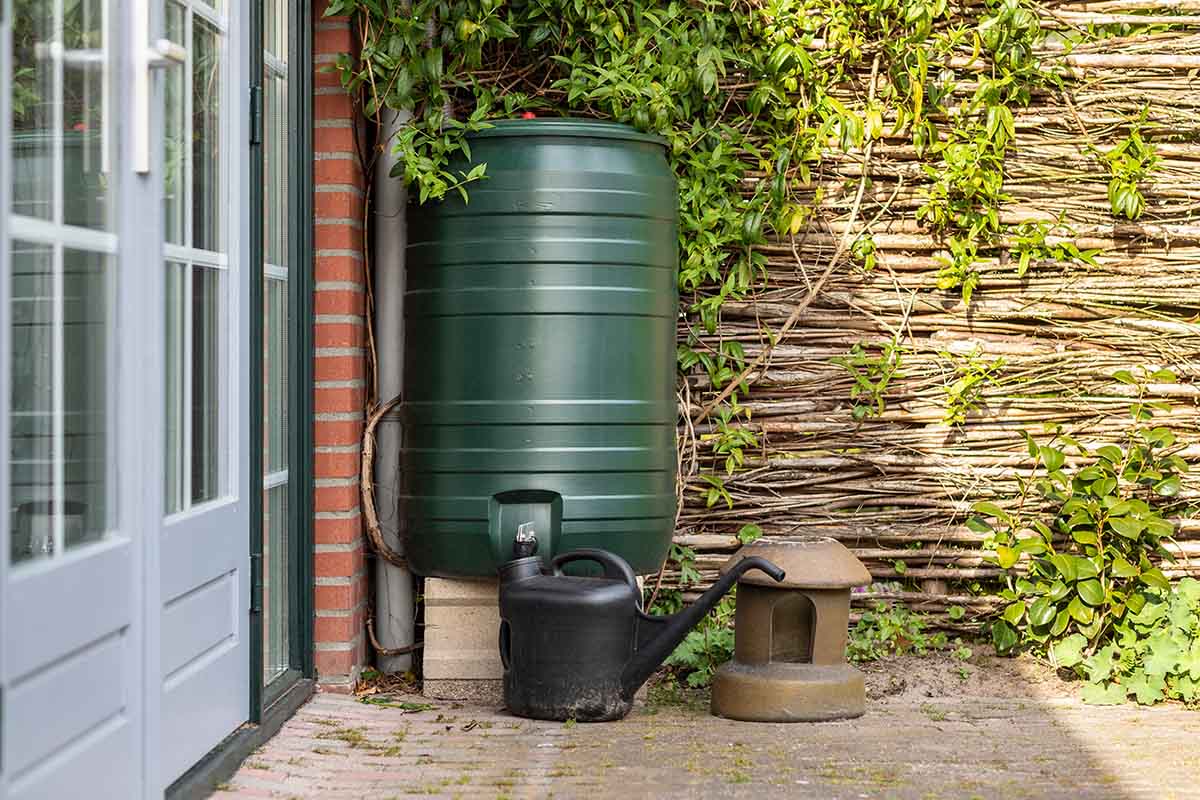5 Things To Consider When Choosing A Rainwater Tank
It’s believed that many households today are investing in rainwater tanks as a means to have a much more stable water supply at home. There are many reasons for this – seemingly, the most pressing of which is to become a more sustainable and eco-friendlier household.
When rainwater is collected in the proper tank storage unit, you’re making the most use of it instead of relying on paid water supply from your local provider. The Earth is happy, and your budget is saved as well.
For other households, the motivation is stronger. Some may live in areas where the water supply isn’t as stable as they hoped it’d be. This is especially true for localities that have poor municipal water supply support. If you’re one of them, supplementing your household’s water with rainwater can help stabilize the supply, so you’re never without enough water at home.
These days, it’s said that there seems to be an increasing demand for rainwater tanks. But, how do you know which one is the right one for your household?
There are several factors that can shape your decision as to the rainwater tank you should use for your home, as you shop from supplier sites like watertankfactory.com.au/water-tanks-sydney/ and others. Below is a list of some of those factors. Keep on reading to learn more.
Rain Harvesting Capacity
First, start by determining the average amount of rainfall your local area has. Then, also ask the question of how much water your catchment place can produce. That information is necessary for you to come up with a decision on the rain harvesting capacity of your chosen rainwater tank.
Once you’ve calculated the number of liters of rainwater you can collect, you also have to take note of how much overflow of the rainwater is acceptable, once it pours. This ensures you don’t end up with a rainwater tank that’s too big for your needs, or do you also have one that’s too small.
Family Size And Usage
The data you’ve gathered to determine rain harvesting capacity should now be paired with your family size and usage. Start with your family size. Obviously, a family of four has fewer water consumption needs than that of a family of six. This is very important, as the volume of water you intend to store in your tank should be enough for your family size.
Along with that, assess the usage of each family member. This includes bathing needs, kitchen, and even gardening. Every activity should be taken into account when determining an approximate number of how much water you use in a day.
Tank’s Construction Material
Different rainwater tanks are made up of varying construction materials. Each one will have its respective pros and cons. But, the most pressing matter is the fact that the material used for a water tank may impact its price. So, this is something you have to decide on while taking into account the budget you’ve set for your purchase.
Ideally, you’ll want to choose tanks made of materials that don’t come with any health risks. This should be a priority, especially if you intend to drink the water you’ve collected, after undergoing the proper water treatment processes.
There’s no specific approach to this, as it’ll also depend on what’s available from your supplier. The best individuals who can explain the differences in the materials used are the sales representatives of the tank you’re choosing to purchase.
Power Availability
Many rainwater storage tanks are filled with the help of a water pump. To perform this function, a stable electricity supply is needed.
Hence, if you live in a place where there’s usually a power outage or shortage in power, then those that are powered with pumps may not be your best bet. Instead, you’ll be better off using tanks that can still store and fill water, even in case of an emergency.
Space Availability
How much space does your property have for it? For obvious reasons, the water tank also has to be proportionate to your home’s space. The more water a tank can hold, the more space it’ll take up.
If you have a lot of space on your property, then this shouldn’t be that much of a deciding factor that’ll affect your choice. If you’re working with limited space, nonetheless, then you have to be very careful about choosing one that fits the space that you have. This is especially necessary if you’re also concerned about your property’s facade, and you intend on concealing the water tank or positioning it in such a way that it’s not too visibly obvious.
Conclusion
When you go to the home depot to buy a water tank, you’ll surely come across so many different options. They come in all sorts of sizes, made from different materials, and each has its respective specifications and heating features as well.
If you don’t know how to choose one, you may just wind up regretting your decision. This isn’t something you’ll want to happen, not with something as big of purchase and expensive as a rainwater tank. Remember the factors mentioned above and let those guide you as you shop for a water tank for residential use.




















